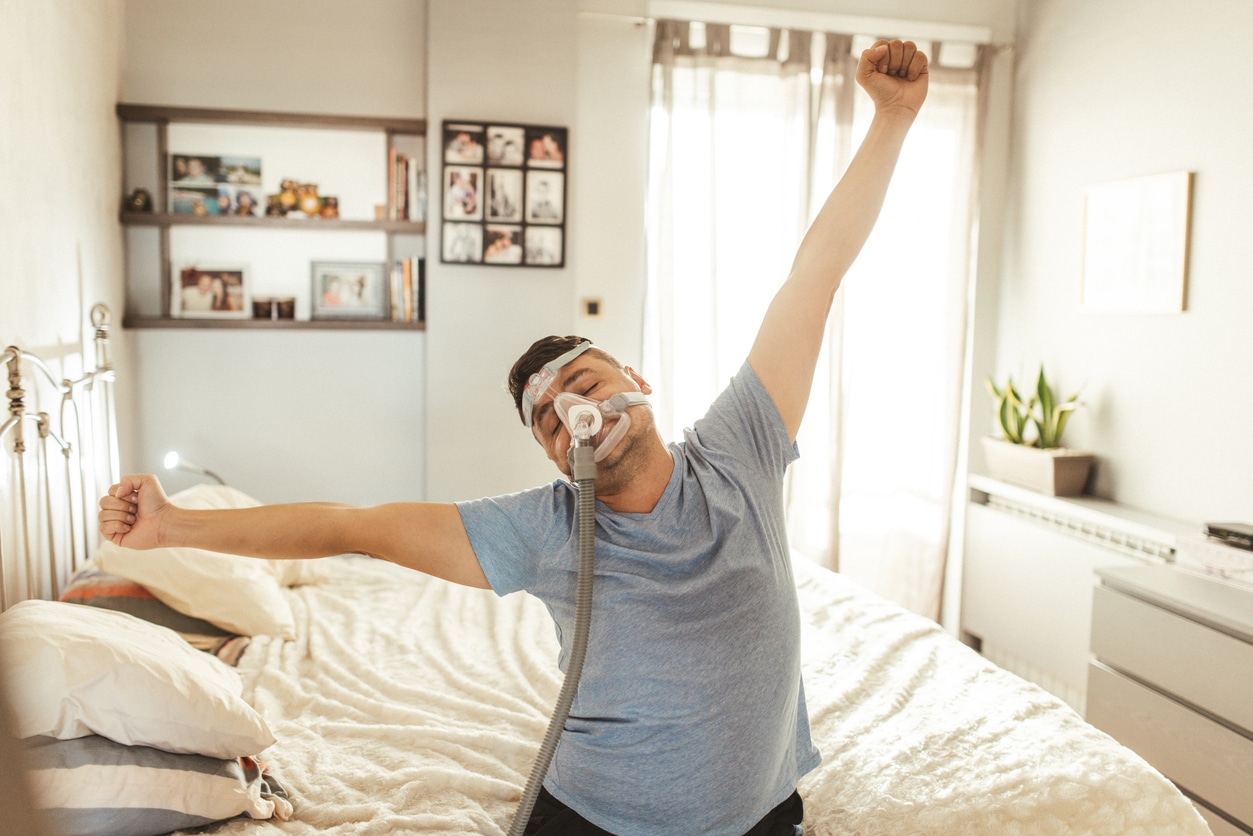Although the exact number is hard to pin down, an estimated 1 billion people (aged 30 to 69) worldwide have obstructive sleep apnea. The condition can interrupt sleep and cause you to add an extra shot to your Dark Heart Coffee Bar latte. Luckily, a CPAP machine can help.
A CPAP (continuous positive airway pressure) machine is a common treatment for sleep apnea. If your sleep specialist recently recommended one, you probably have questions about how to use your new device correctly.
Let’s take a look at four dos and don’ts of using a CPAP to get you started on the right foot.
Don’t Sleep Without Your CPAP

There’s nothing like a quick catnap after a long day. However, it’s important to remember that sleep apnea doesn’t just exist for your nighttime eight hours. It can affect your afternoon naps as well. Every time you sleep, regardless of the duration, wear your CPAP machine.
Do Give Yourself Time To Adjust
Adjusting to your CPAP machine can feel uncomfortable at first, but many people find that they get used to it faster than expected. A helpful approach is to introduce the machine into your routine gradually.
Start by wearing the mask alone for about 20 minutes during the day. You can try wearing it while doing something relaxing, like watching TV or reading. Once that feels comfortable, try turning the machine on while wearing the mask, letting yourself adjust to the airflow.
With a little patience and practice, using your CPAP can become a seamless part of your nightly routine.
Don’t Forget To Clean Your Mask
Think of your mask like a retainer or night guard. You need to clean it regularly to ensure it stays fresh. Be sure to follow the instructions in your device manual for the proper cleaning routine, including guidance on washing the mask, tubing and any other component.
Do Discuss Issues With Your Sleep Specialist
If your CPAP continues to feel uncomfortable or disrupts your sleep further, contact your sleep specialist. They can help you adjust the fit and discuss different ways to make it feel more comfortable. If a CPAP isn’t the right path for you, they may recommend an Inspire implant as an alternative treatment.
For more information on caring for or operating your CPAP, contact Alpine Ear Nose & Throat PC today.